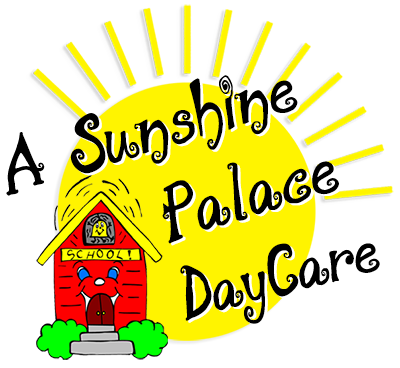Our 3 year old program:
We work with the children to reach these goals
FINE MOTOR
- To develop and strengthen eye-hand coordination
- To introduce scissors skills
- To be able to manipulate a variety of writing tools and paint
- To be able to assemble simple puzzles
- To be able to manipulate clay; finger paints
- To be able to copy simple shapes, such as a cross or circle
- To be able to stack blocks up to nine high
GROSS MOTOR
- To be able to throw a ball in general direction desired
- To be able to kick a large ball in general direction desired
- To be able to catch a large ball from 3 feet
- To be able to pedal a tricycle in a straight line
LITERACY
- To be exposed to a variety of literature
- To model written language through journalizing
- To develop comprehension skills
- To be exposed to rhyming words
MATH
- To recognize shapes (square, circle, triangle)
- To develop sorting and matching skills
- To be able to count to 10
SCIENCE
- To gain an understanding of cause and effect
- To have numerous hands-on opportunities
ART
- To recognize colors
- To expose children to a variety of media
- To encourage creativity through a variety of open-ended art activities
- To experience cause and effect through various art activities
MUSIC
- To expose children to different styles of music
- To foster listening skills and promote sound awareness
- To encourage children to feel free and interact with music through singing and physical movement
- To encourage enjoyment of and creativity through music
Language and Thinking Development
- Matches pictures to objects
- Learns by doing and through the senses
- Understand concepts of “now,” “soon,” and “later”
- Begins to recognize cause-and-effect relationships
Social and Emotional Development
- Follows simple directions; enjoys helping with household tasks
- Begins to recognize own limits — asks for help
- Able to make choices between two things
- Begins to notice other people’s moods and feelings
Your child is no longer a toddler, your 3-year-old takes in knowledge about himself/herself and the world around them.
Transitions are difficult at this age. We provide warning of changes so your child has time to shift gears.
Rituals are important. Household routines and schedules give your 3-year-old a sense of security.
We point out colors and numbers in the course of everyday conversation: “You’re wearing your blue shirt” or “We made six cupcakes.”
We encourage independent activity to build self-reliance.
We provide lots of sensory experiences for learning and developing coordination — sand, mud, finger paints, puzzles.
Children want to learn many new and exciting things. When your child has reached the goals for the 3 and 4 year old program I focus on the rest of these goals:
LANGUAGE DEVELOPMENT (Oral to Written Language)
- To have developed the concept of a story (by creating stories, listening to, retelling in sequence and applying information from stories to daily living)
- To be able to follow one, two and three step directions
- To be able to listen and retell directions and/or basic concepts taught
- To speak in correct, meaningful sentences
- To be able to tell a story both orally and through drawing pictures
FINE MOTOR
- To be able to grasp correctly
- To be able to cut on lines with scissors
- To be able to tie, zipper, button, snap
- To recognize and write upper and lower case letters correctly on lined paper
READING
- To be able to identify letter names and corresponding sounds both in an out of alphabetical order
- To be able to identify initial and final consonants in words
- To recognize rhyming words
- To be able to recognize similarities and differences between objects or groups of objects
- To be able to recognize topics and details in stories
- To be able to identify sequential relationships
- To be able to follow across a page in a left/right progression
MATHEMATICS
- To be able to write the numbers 0-12
- To be able to count sets of objects through 10, using one to one correspondence
- To be able to order objects (first, second, Third, fourth and fifth)
- To be able to recognize and be able to use location concept words (over, under, above, next to, larger, smaller, between, zero, forward, every, separate, half, back, nearest, farthest)
- To be able to classify objects in sets
- To be able to solve problems using pictures and patterns
